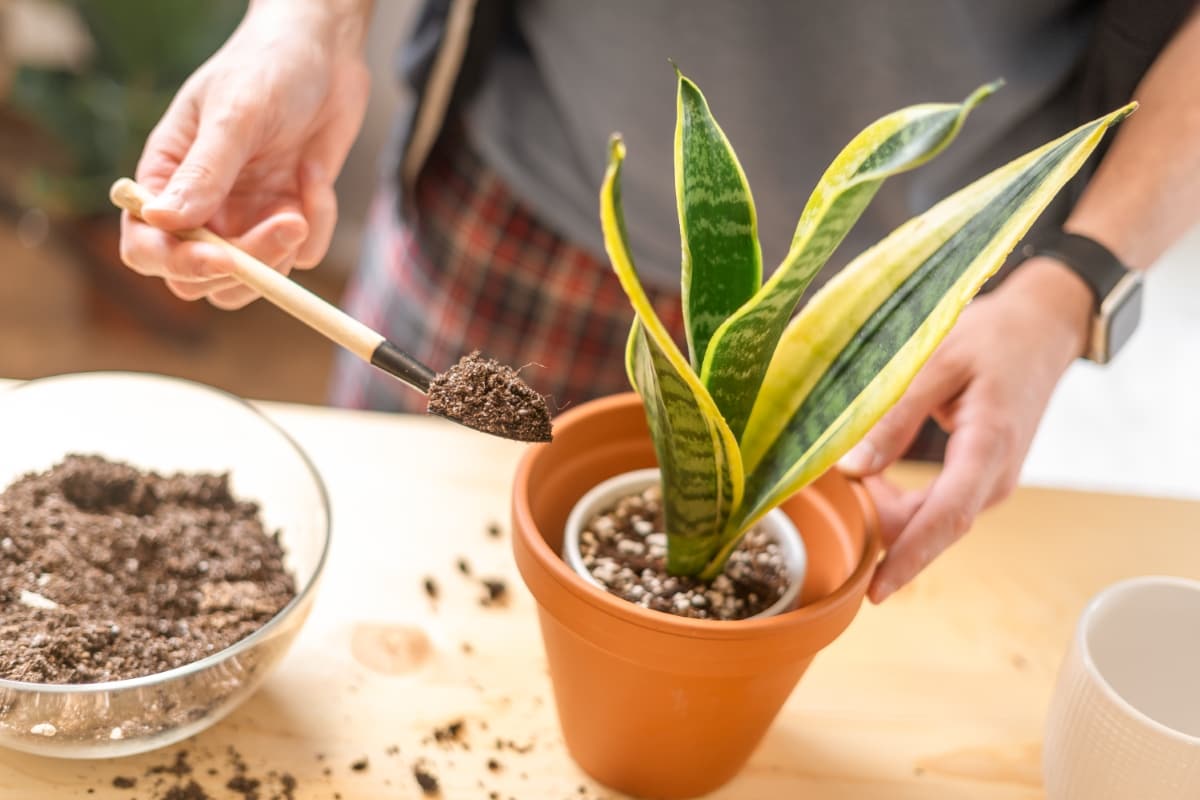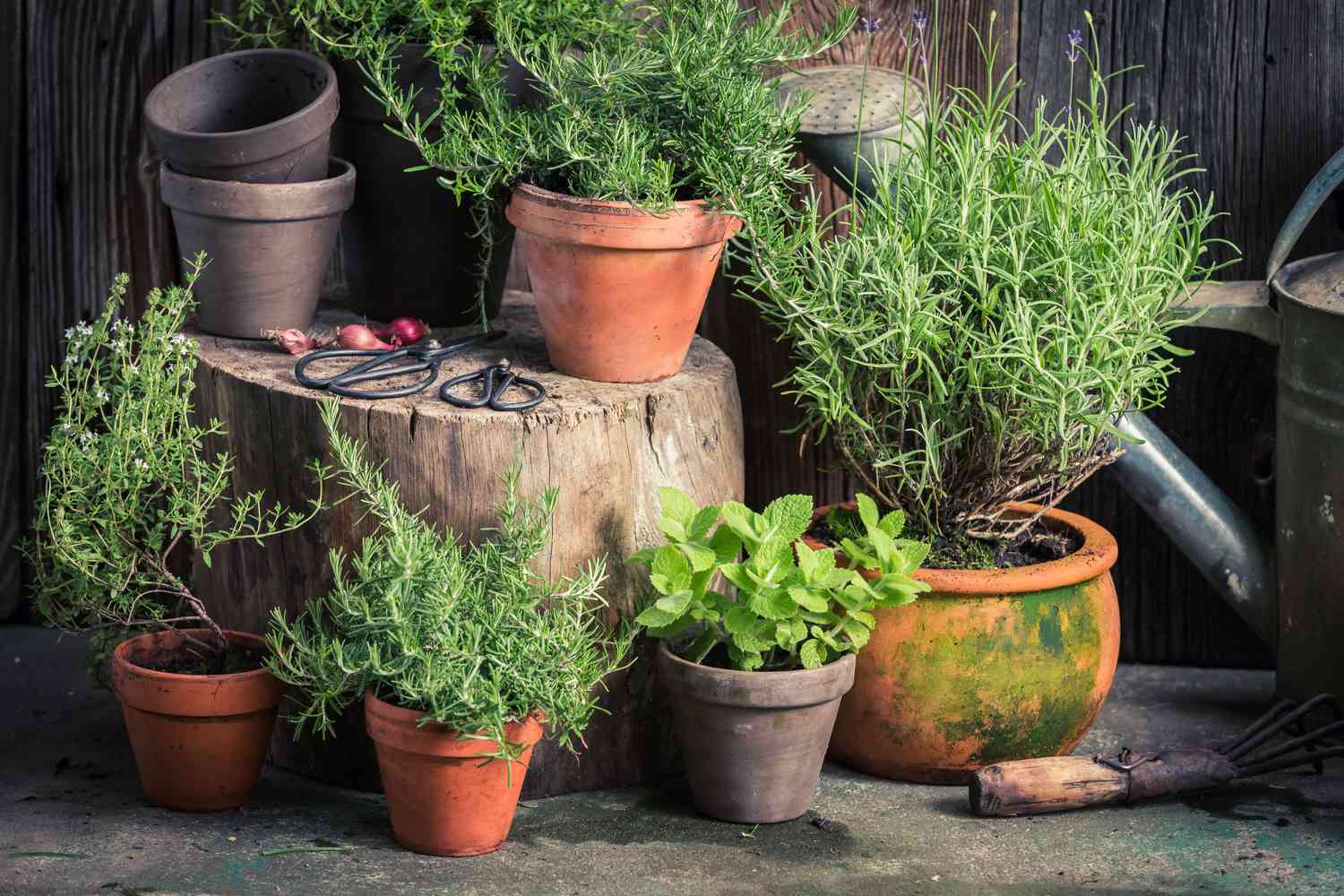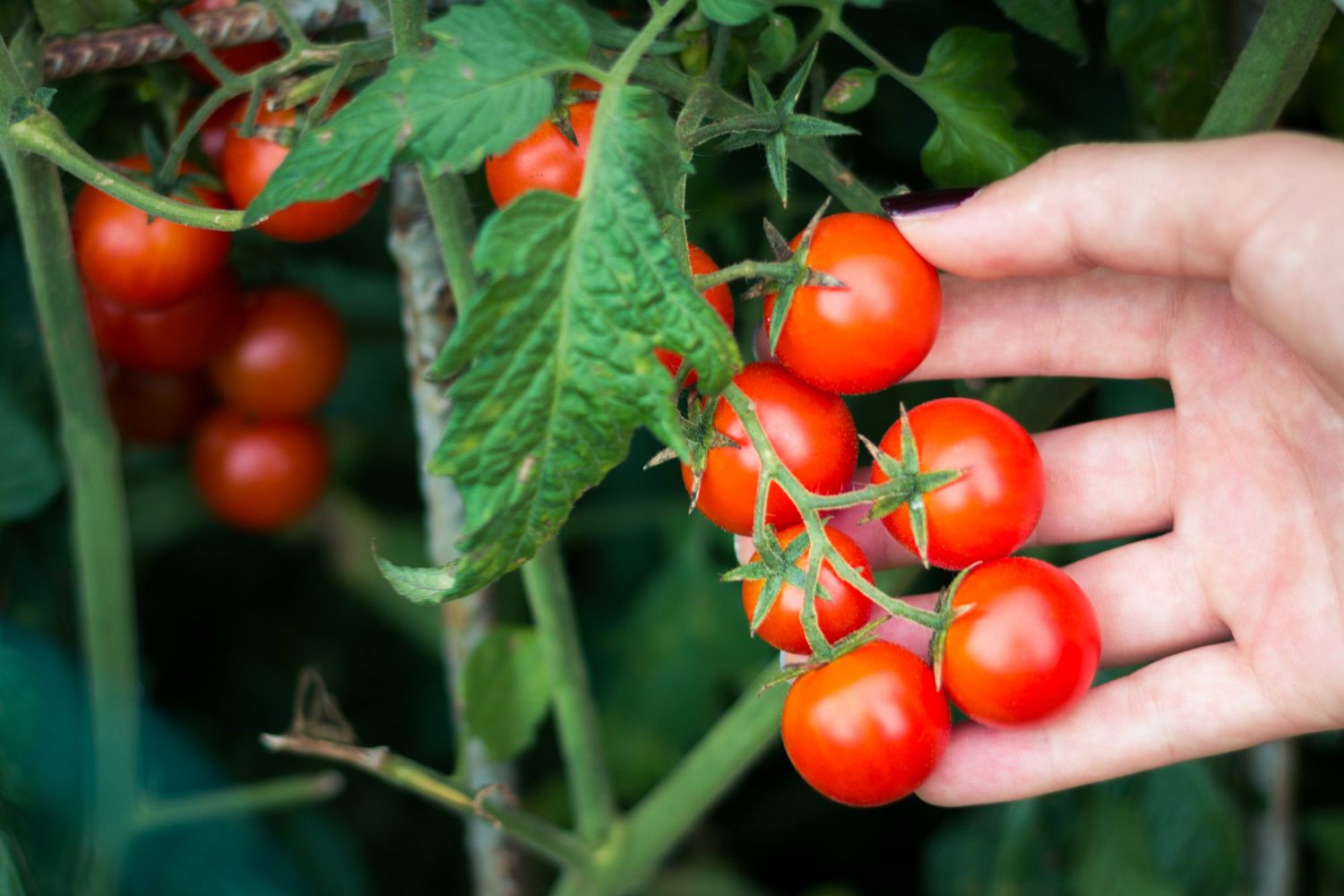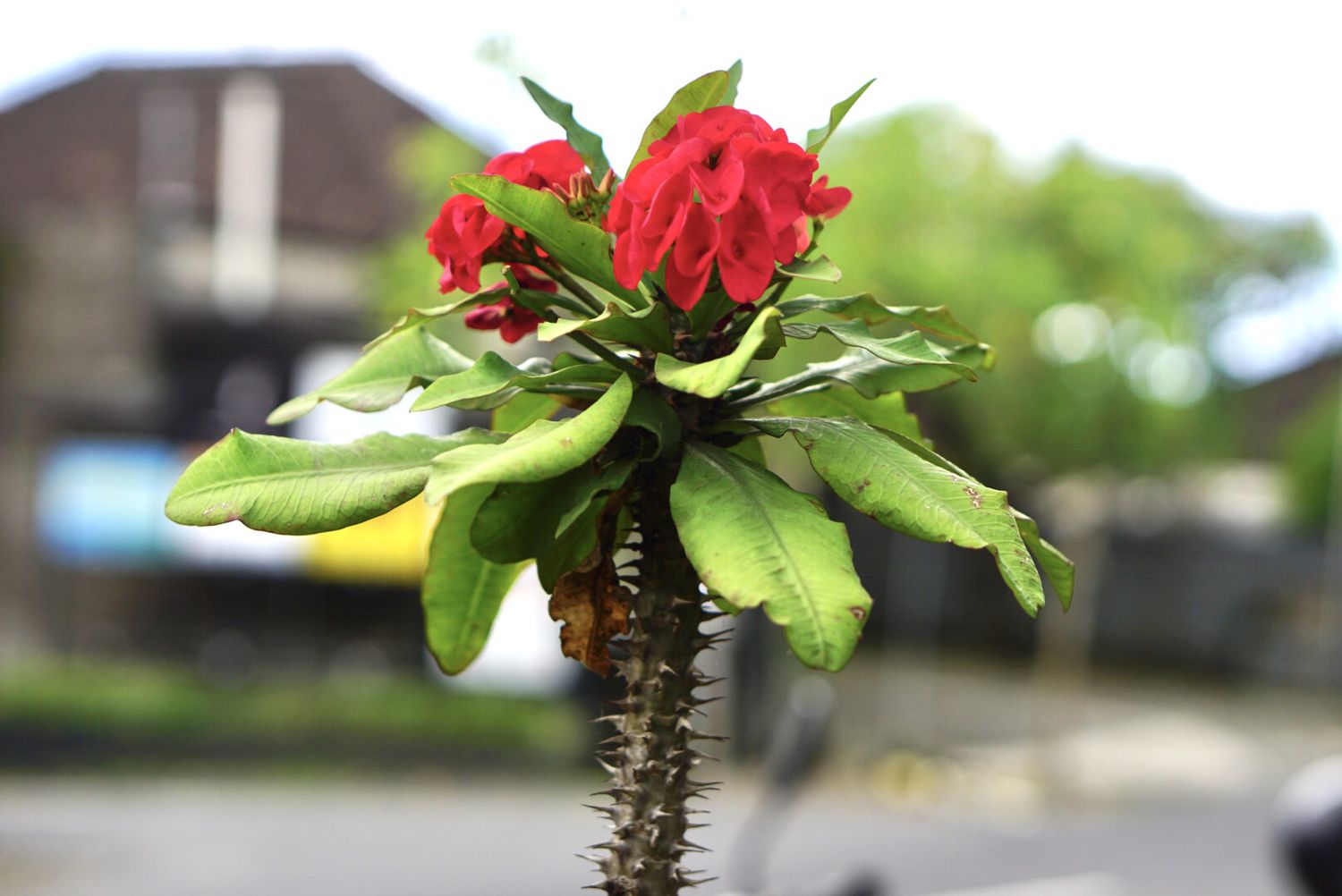Home>Home and Garden>Snake Plant: Myth Or Reality – Can Snake Plants Really Repel Snakes?
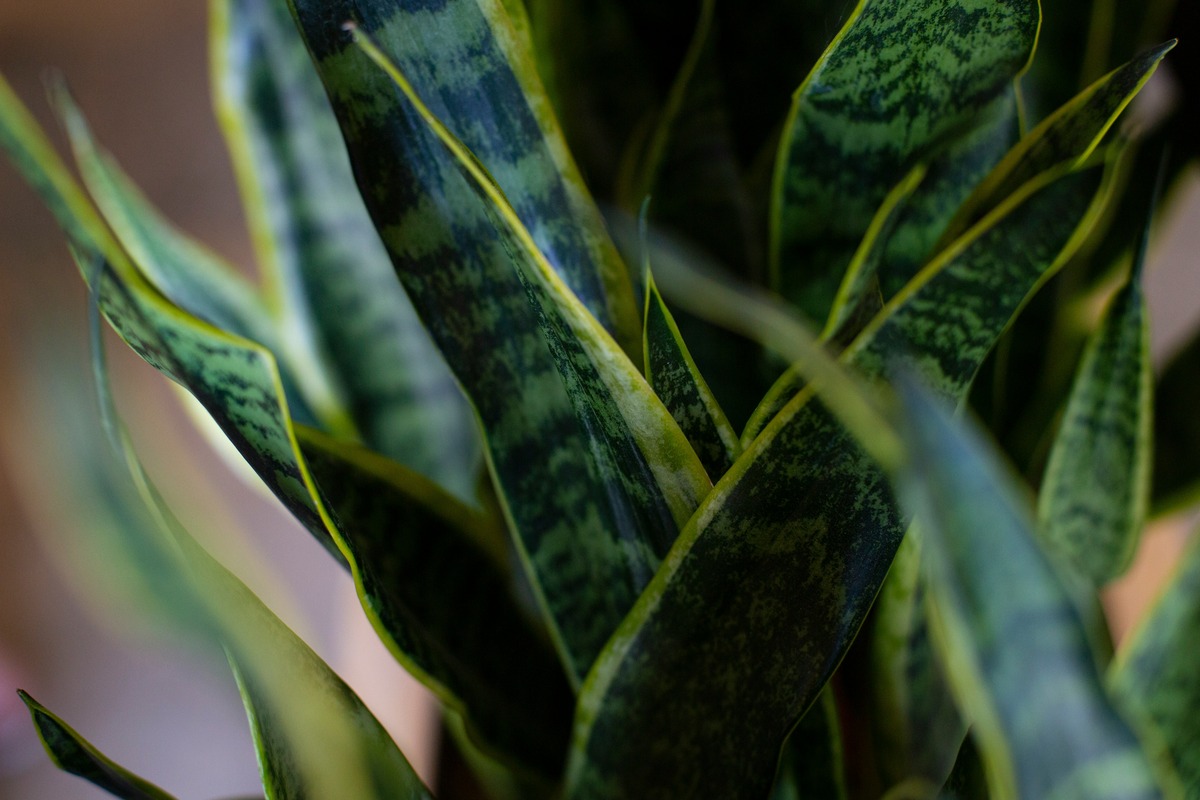

Home and Garden
Snake Plant: Myth Or Reality – Can Snake Plants Really Repel Snakes?
Published: February 18, 2024
Discover the truth about snake plants and their ability to repel snakes. Learn about this popular home and garden plant's myth or reality.
(Many of the links in this article redirect to a specific reviewed product. Your purchase of these products through affiliate links helps to generate commission for Noodls.com, at no extra cost. Learn more)
Table of Contents
Introduction
Snake plants, also known as Sansevieria or mother-in-law's tongue, have long been cherished as a popular houseplant due to their striking appearance and low-maintenance nature. These resilient plants are characterized by their upright, sword-shaped leaves that boast unique patterns and hues, making them a favorite among plant enthusiasts and interior decorators alike.
In recent years, a peculiar notion has emerged within the gardening community – the belief that snake plants possess the remarkable ability to repel snakes. This intriguing concept has sparked curiosity and debate, prompting many to question whether snake plants are indeed capable of deterring these slithering creatures.
As we delve into this fascinating topic, we will explore the origins of this belief and investigate whether there is any truth to the claim that snake plants can ward off snakes. By examining the unique characteristics of the snake plant and delving into scientific studies on its purported snake-repelling properties, we aim to unravel the mystery surrounding this intriguing notion.
Join us on this captivating journey as we uncover the truth behind the age-old question: Can snake plants really repel snakes?
The Snake Plant: A Popular Houseplant
The snake plant, scientifically known as Sansevieria, has earned its reputation as a beloved houseplant for numerous reasons. Its striking appearance, low maintenance requirements, and air-purifying qualities have contributed to its widespread popularity among plant enthusiasts and interior decorators. This resilient plant is characterized by its upright, sword-shaped leaves that come in a variety of patterns and hues, adding a touch of elegance to any indoor space.
One of the most appealing aspects of the snake plant is its ability to thrive in a wide range of conditions, making it an ideal choice for both novice and experienced gardeners. Whether placed in bright, indirect light or low-light environments, the snake plant remains unfazed, showcasing its adaptability and resilience. Additionally, its minimal watering needs make it a hassle-free option for individuals with busy lifestyles or those seeking low-maintenance greenery.
Beyond its aesthetic appeal and ease of care, the snake plant offers notable health benefits. As an efficient air purifier, it has the remarkable ability to remove toxins such as formaldehyde, benzene, and trichloroethylene from the air, thereby enhancing indoor air quality. This feature not only contributes to a healthier living environment but also underscores the plant's multifaceted appeal.
Furthermore, the snake plant's versatility extends to its suitability for various interior design styles. Whether adorning a modern, minimalist space or adding a touch of greenery to a traditional setting, the snake plant effortlessly complements a wide array of decor schemes. Its architectural form and visually captivating leaves make it a versatile and aesthetically pleasing addition to any room.
In essence, the snake plant's popularity stems from its remarkable combination of visual allure, low maintenance requirements, air-purifying capabilities, and decorative versatility. Its ability to thrive in diverse conditions and contribute to a healthier indoor environment has solidified its status as a cherished houseplant, earning it a well-deserved place in the hearts and homes of plant enthusiasts worldwide.
Myth or Reality: Snake Plants Repelling Snakes
The notion of snake plants possessing the ability to repel snakes has sparked intrigue and debate within gardening and folklore circles. This age-old belief has been passed down through generations, leading to a widespread curiosity about the potential connection between these resilient houseplants and their purported ability to deter snakes.
As with many folklore tales, the concept of snake plants repelling snakes has been shrouded in mystery and speculation. While some individuals swear by the plant's snake-repelling properties, others approach the idea with skepticism, attributing it to mere superstition or anecdotal accounts.
The intriguing aspect of this belief lies in its cultural significance and the stories that have perpetuated it over time. In various cultures, snake plants have been associated with protective qualities, with some believing that their presence can ward off snakes and safeguard homes from these reptiles. This folklore has contributed to the enduring myth surrounding snake plants and their alleged snake-repelling abilities.
However, it is essential to approach this notion with a critical eye, considering the scientific perspective alongside the rich tapestry of cultural beliefs. While folklore and traditional wisdom hold value in shaping cultural narratives, scientific inquiry offers a methodical approach to understanding the natural world and unraveling the mysteries that surround it.
In the quest to discern the truth behind the belief in snake plants repelling snakes, it is crucial to explore the plant's characteristics, its natural habitat, and any scientific evidence that may shed light on this intriguing phenomenon. By delving into these aspects, we can gain a deeper understanding of the interplay between folklore, cultural beliefs, and the scientific realities that underpin them.
The next section will delve into the unique characteristics of the snake plant and explore its natural attributes, setting the stage for a comprehensive exploration of the age-old question: Can snake plants truly repel snakes?
Understanding the Snake Plant's Characteristics
The snake plant, scientifically known as Sansevieria, boasts a distinctive set of characteristics that contribute to its allure and resilience. Understanding these traits is essential in unraveling the mystery surrounding the belief in snake plants repelling snakes.
1. Fleshy, Upright Leaves
The snake plant's leaves are a defining feature, characterized by their fleshy texture and upright growth habit. These sturdy leaves, often adorned with striking patterns and variegation, contribute to the plant's visual appeal while reflecting its adaptability to diverse environments.
2. Drought Tolerance
One of the most remarkable attributes of the snake plant is its exceptional tolerance to drought conditions. This resilience is attributed to its succulent nature, enabling it to store water within its leaves and withstand prolonged periods of minimal watering. Such adaptability aligns with its ability to thrive in arid regions, where water scarcity is a prevalent environmental factor.
3. Low Light Adaptation
In addition to its drought tolerance, the snake plant exhibits a remarkable capacity to thrive in low-light conditions. This adaptive trait allows it to flourish in indoor settings with minimal natural light, making it an ideal houseplant for spaces that may not receive ample sunlight.
4. Air-Purifying Qualities
Beyond its physical attributes, the snake plant is renowned for its air-purifying capabilities. Through a process known as CAM (Crassulacean Acid Metabolism) photosynthesis, the plant efficiently removes toxins from the air, contributing to improved indoor air quality. This feature not only enhances the plant's appeal but also underscores its potential benefits in indoor environments.
5. Natural Habitat
The snake plant's native habitat in West Africa provides valuable insights into its natural characteristics. Thriving in regions with well-drained, sandy soils and experiencing seasonal droughts, the plant has evolved to withstand challenging environmental conditions, further highlighting its resilience and adaptability.
Read more: How To Propagate Snake Plants
6. Varied Cultivars
With a diverse range of cultivars available, the snake plant exhibits an array of leaf shapes, sizes, and patterns. From the classic Sansevieria trifasciata to the compact Sansevieria cylindrica, the plant's versatility and aesthetic diversity contribute to its widespread appeal in both traditional and contemporary settings.
Understanding these distinctive characteristics provides a comprehensive foundation for exploring the potential interplay between the snake plant and its reputed ability to repel snakes. By delving into the plant's natural attributes, we can gain valuable insights into its adaptive traits and ecological adaptations, setting the stage for a deeper exploration of the age-old belief in snake plants as snake repellents.
Scientific Studies on Snake Plants and Snake Repellent Properties
In the realm of scientific inquiry, the purported connection between snake plants and their ability to repel snakes has garnered attention, prompting researchers to explore this intriguing phenomenon. While folklore and anecdotal accounts have perpetuated the belief in snake plants as snake repellents, scientific studies have sought to unravel the veracity of this age-old notion.
One notable area of investigation revolves around the plant's chemical composition and its potential impact on snakes. Researchers have delved into the unique compounds present in snake plants, aiming to discern whether these substances possess properties that could deter snakes. By analyzing the plant's phytochemical profile, scientists have sought to identify any constituents that may influence snake behavior or serve as natural repellents.
Furthermore, studies have examined the ecological interactions between snake plants and their surrounding environment, shedding light on the plant's role in deterring snakes. By observing the plant's natural habitat and its coexistence with wildlife, researchers have sought to elucidate any observable patterns or behaviors that could support the notion of snake plants repelling snakes.
In addition to chemical and ecological investigations, researchers have explored the sensory aspects of snakes in relation to snake plants. By studying the olfactory and visual responses of snakes to the presence of snake plants, scientists have endeavored to uncover any discernible reactions or aversions exhibited by these reptiles. Such studies aim to provide empirical evidence regarding the potential impact of snake plants on snake behavior and movement.
Moreover, scientific inquiries have extended to the broader context of plant-based repellents and their efficacy in deterring snakes. By drawing upon established research on botanical repellents and their effects on reptiles, scientists have sought to contextualize the belief in snake plants as snake repellents within the broader framework of natural pest control and wildlife management.
Through these multifaceted scientific investigations, researchers have endeavored to unravel the intricate relationship between snake plants and their purported snake-repelling properties. While the findings of these studies continue to unfold, the scientific community remains engaged in the pursuit of empirical evidence and rigorous inquiry to shed light on this captivating intersection of folklore, plant biology, and wildlife ecology.
Conclusion: The Verdict on Snake Plants and Snake Repellent
After delving into the captivating realm of snake plants and their purported snake-repelling properties, it becomes evident that this age-old belief is steeped in a rich tapestry of folklore, cultural significance, and scientific inquiry. The interplay between traditional wisdom and empirical evidence has yielded a nuanced perspective on the intriguing question of whether snake plants can truly repel snakes.
Through our exploration of the snake plant's characteristics, we have gained valuable insights into its resilience, adaptability, and air-purifying qualities. These attributes underscore the plant's multifaceted appeal and its potential benefits in indoor environments. Furthermore, our examination of scientific studies has revealed ongoing efforts to unravel the veracity of the belief in snake plants as snake repellents, shedding light on the complex interplay between plant biology, wildlife ecology, and cultural narratives.
While folklore and anecdotal accounts have perpetuated the notion of snake plants repelling snakes, the scientific community continues to engage in rigorous inquiry to discern the empirical realities underlying this belief. From investigations into the plant's chemical composition to studies on ecological interactions and sensory responses, researchers have embarked on a multifaceted exploration of the potential connection between snake plants and their impact on snake behavior.
As we navigate the intersection of tradition and scientific inquiry, it is essential to approach the question of snake plants and snake repellent with an open mind, acknowledging the cultural significance of folklore while embracing the pursuit of empirical evidence. The enduring allure of this belief serves as a testament to the captivating nature of plant folklore and the enduring mysteries that continue to captivate our imagination.
In the absence of a definitive verdict, the question of whether snake plants can repel snakes remains an intriguing enigma, inviting further exploration and contemplation. As we navigate the rich tapestry of botanical folklore and scientific inquiry, the allure of this age-old belief persists, underscoring the enduring fascination with the natural world and the captivating narratives that enrich our understanding of plants and their cultural significance.

